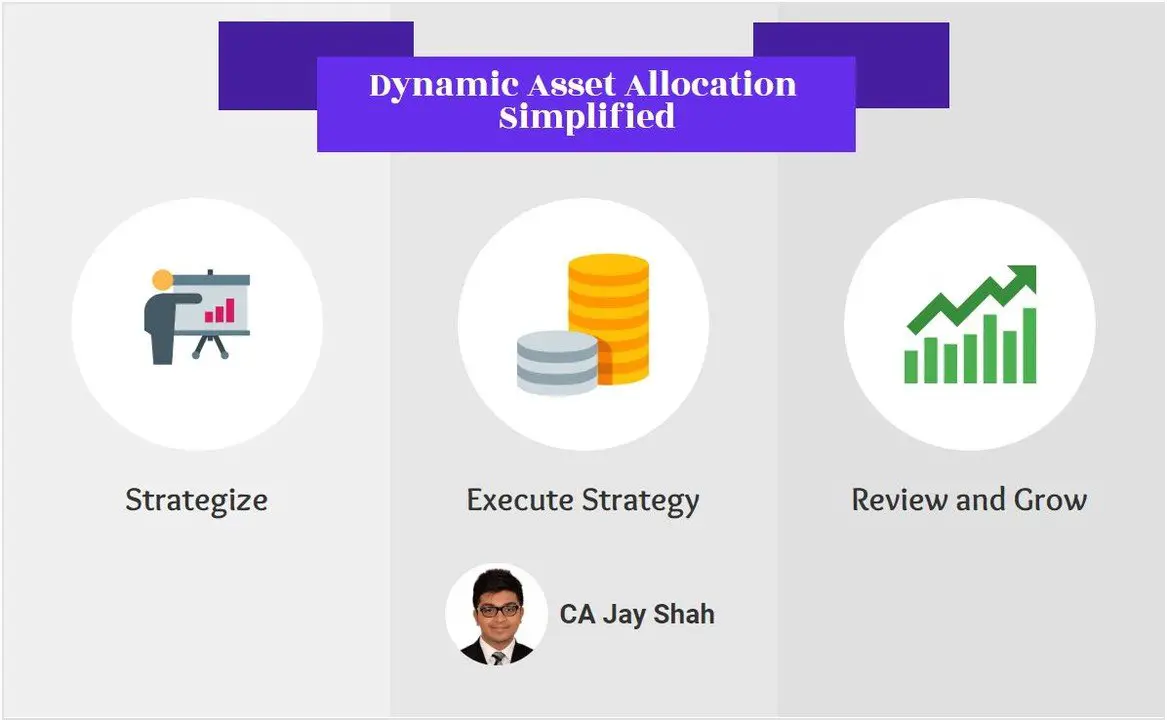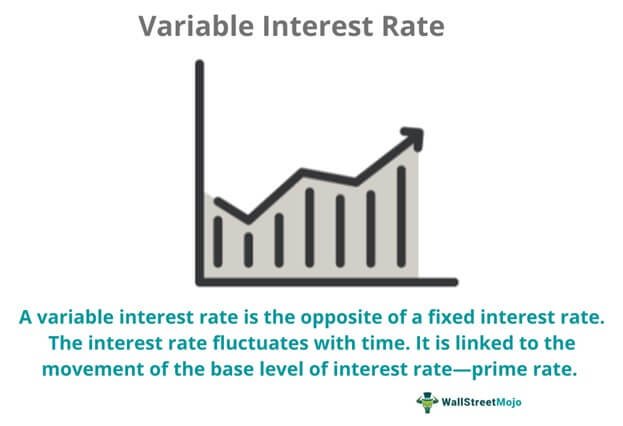Looking to enhance your investment portfolio? Understanding dynamic asset allocation strategies is the key to maximizing returns while managing risk effectively. In this article, we’ll dive into the world of dynamic asset allocation strategies, exploring the benefits they offer and how they can help you achieve your financial goals. Whether you’re a seasoned investor or just starting out, this comprehensive guide will provide you with the knowledge and insights you need to make informed decisions. So, let’s get started on your journey to mastering dynamic asset allocation strategies and taking control of your investments.
Understanding Dynamic Asset Allocation Strategies
Dynamic asset allocation strategies are a popular approach in the investment world that aim to maximize returns by actively adjusting the allocation of assets based on market conditions. Unlike static asset allocation, which maintains a fixed allocation over time, dynamic allocation allows for flexibility and adaptation to changing market dynamics. In this article, we will delve deeper into the concept of dynamic asset allocation strategies, exploring their benefits, key considerations, and some popular methods.
Benefits of Dynamic Asset Allocation Strategies
Dynamic asset allocation strategies offer several potential advantages over static approaches. By actively managing portfolio allocations, investors can:
1. Capitalize on Market Opportunities: Dynamic asset allocation allows investors to take advantage of market trends and opportunities. By regularly reassessing and rebalancing their portfolios, investors can allocate more capital to asset classes that demonstrate growth potential and reduce exposure to those that are underperforming.
2. Risk Management: By actively adjusting asset allocations, dynamic strategies enable investors to mitigate risk. During periods of market volatility or economic uncertainty, portfolios can be shifted towards more defensive assets, such as bonds or cash, reducing exposure to potentially high-risk assets. Conversely, during bullish market conditions, allocations can be adjusted to allocate more capital to equities or other growth-oriented assets.
3. Flexibility and Adaptability: Dynamic allocation strategies provide flexibility to adapt to changing market conditions. They allow investors to respond to new opportunities or risks promptly, ensuring that their portfolios remain aligned with their investment objectives. This adaptability can lead to better risk-adjusted returns over the long term.
4. Enhanced Portfolio Performance: The active management component of dynamic asset allocation strategies aims to improve portfolio performance. By reallocating assets based on an investment manager’s research and market analysis, these strategies seek to generate higher returns compared to static allocations that remain unchanged over time.
Key Considerations for Dynamic Asset Allocation Strategies
While dynamic asset allocation strategies offer potential benefits, there are important factors to consider when implementing them:
1. Investor Risk Tolerance: Dynamic asset allocation strategies involve frequent adjustments to portfolio allocations, which can result in higher transaction costs. Investors must evaluate their risk tolerance and willingness to actively manage their investments. Those with a higher risk tolerance who are comfortable with active decision-making may find dynamic strategies more suitable.
2. Expertise and Research: Successful dynamic allocation requires expert knowledge and ongoing research. Investment managers must have a deep understanding of market trends, economic indicators, and asset classes to make informed decisions. Regular monitoring and analysis of market conditions are essential to implement effective dynamic strategies.
3. Costs and Fees: Active portfolio management typically incurs higher costs and fees compared to passive approaches. Frequent trading and research expenses can eat into investment returns. It is crucial to assess the impact of these costs against the potential benefits of dynamic asset allocation strategies.
4. Consistency and Discipline: Dynamic allocation strategies require consistency and discipline. Emotional reactions to market fluctuations can hinder the effectiveness of the strategy. Investors should ensure that they adhere to the investment plan, avoiding impulsive or uninformed decisions based on short-term market movements.
Popular Methods of Dynamic Asset Allocation
There are various methods used to implement dynamic asset allocation strategies. Here are a few popular approaches:
1. Tactical Asset Allocation (TAA): TAA involves making short-term adjustments to portfolio allocations based on market conditions. Investment managers use a combination of market indicators, technical analysis, and economic trends to determine the optimal asset allocations. TAA aims to capitalize on short-term market inefficiencies and exploit trends.
2. Strategic Asset Allocation (SAA): SAA takes a long-term perspective by creating an optimal asset allocation based on predefined risk and return objectives. This approach involves setting target asset weights for different classes and periodically rebalancing the portfolio to maintain those weights. While less active than TAA, SAA still allows for some flexibility within the established allocation ranges.
3. Risk Parity: Risk parity is an approach that focuses on balancing risk across different asset classes. Instead of allocating capital based on market capitalization or return expectations, risk parity allocates assets based on their contribution to portfolio risk. This strategy aims to achieve a more balanced risk exposure, reducing reliance on any single asset class.
4. Momentum Investing: Momentum investing involves allocating capital to assets that have shown positive price momentum in recent periods. This strategy assumes that assets with positive trends will continue to perform well in the short term. Momentum investing is often used in conjunction with other dynamic allocation strategies to enhance returns.
5. Multi-Asset Class Funds: Multi-asset class funds offer ready-made dynamic asset allocation strategies to individual investors. These funds allocate investments across various asset classes, actively adjusting the allocations based on market conditions. Investors gain exposure to multiple asset classes within a single fund, benefiting from professional management expertise.
In conclusion, understanding dynamic asset allocation strategies is essential for investors looking to optimize their portfolios. By actively adjusting asset allocations based on market conditions, these strategies offer the potential for enhanced returns and risk management. However, it is crucial to carefully consider factors such as risk tolerance, research requirements, costs, and discipline before implementing dynamic asset allocation strategies. By selecting an appropriate method and staying consistent with the investment plan, investors can make informed decisions to navigate the dynamic investment landscape.
How does the Dynamic Asset Allocation strategy help to mitigate risk and enhance returns?
Frequently Asked Questions
Frequently Asked Questions (FAQs)
What is dynamic asset allocation?
Dynamic asset allocation is an investment strategy that involves periodically adjusting the allocation of assets in a portfolio based on changing market conditions. It aims to optimize returns by shifting investments between different asset classes such as stocks, bonds, and cash, in response to market trends and economic indicators.
How does dynamic asset allocation differ from static asset allocation?
Static asset allocation involves maintaining a fixed distribution of assets in a portfolio over a long-term period. On the other hand, dynamic asset allocation involves actively changing the asset allocation based on market conditions to take advantage of potential opportunities and manage risk.
What factors are considered when implementing dynamic asset allocation?
When implementing dynamic asset allocation, several factors are considered, including market trends, economic indicators, interest rates, inflation expectations, and the investor’s risk tolerance. These factors help determine the optimal allocation of assets to achieve the desired investment objectives.
What are the potential benefits of dynamic asset allocation?
Dynamic asset allocation offers several potential benefits. It allows investors to adapt to changing market conditions, potentially enhancing returns and reducing risk. By adjusting the asset mix based on market trends, it may also provide a better chance of capturing upside potential during bull markets and protecting against downturns.
Are there any drawbacks to dynamic asset allocation?
While dynamic asset allocation can be beneficial, it is not without its drawbacks. It requires active monitoring and decision-making, which can be time-consuming and challenging. Additionally, it relies on accurate market predictions, and if these predictions are incorrect, it could lead to poor investment decisions.
Is dynamic asset allocation suitable for all investors?
Dynamic asset allocation may not be suitable for all investors. It is typically more suitable for investors with a higher risk tolerance and a long-term investment horizon. It requires active management and a willingness to adapt to changing market conditions. Conservative investors may prefer a more passive approach to asset allocation.
What role does diversification play in dynamic asset allocation?
Diversification plays a crucial role in dynamic asset allocation. By diversifying investments across various asset classes, industries, and geographic regions, investors can potentially reduce risk and increase the likelihood of achieving their investment goals. Diversification helps to balance the performance of different assets, smoothing out the overall investment returns.
How frequently should asset allocation be adjusted in a dynamic asset allocation strategy?
The frequency of adjusting asset allocation in a dynamic asset allocation strategy can vary depending on the investment manager’s approach, market conditions, and investment objectives. Some managers may make adjustments on a monthly or quarterly basis, while others may do so more frequently, such as weekly or even daily. The key is to strike a balance between being responsive to market changes and avoiding excessive trading costs.
Please note that the suitability of dynamic asset allocation strategy may vary depending on individual circumstances, and it is always recommended to consult with a financial advisor for personalized advice.
Final Thoughts
Understanding dynamic asset allocation strategies is a crucial aspect of successful investing. These strategies involve actively adjusting the allocation of assets within a portfolio based on market conditions and changing investment goals. By employing a dynamic approach, investors can potentially benefit from identifying and capitalizing on market trends, managing risk, and optimizing returns. Through continuously monitoring and analyzing market data, investors can make informed decisions and adjust their portfolios accordingly. By incorporating dynamic asset allocation strategies, investors can increase their chances of achieving their financial objectives and navigating changing market environments effectively. It is essential for investors to stay informed and adapt their investment strategies to ever-evolving market dynamics to maximize potential returns.



